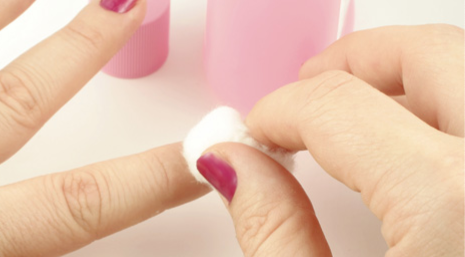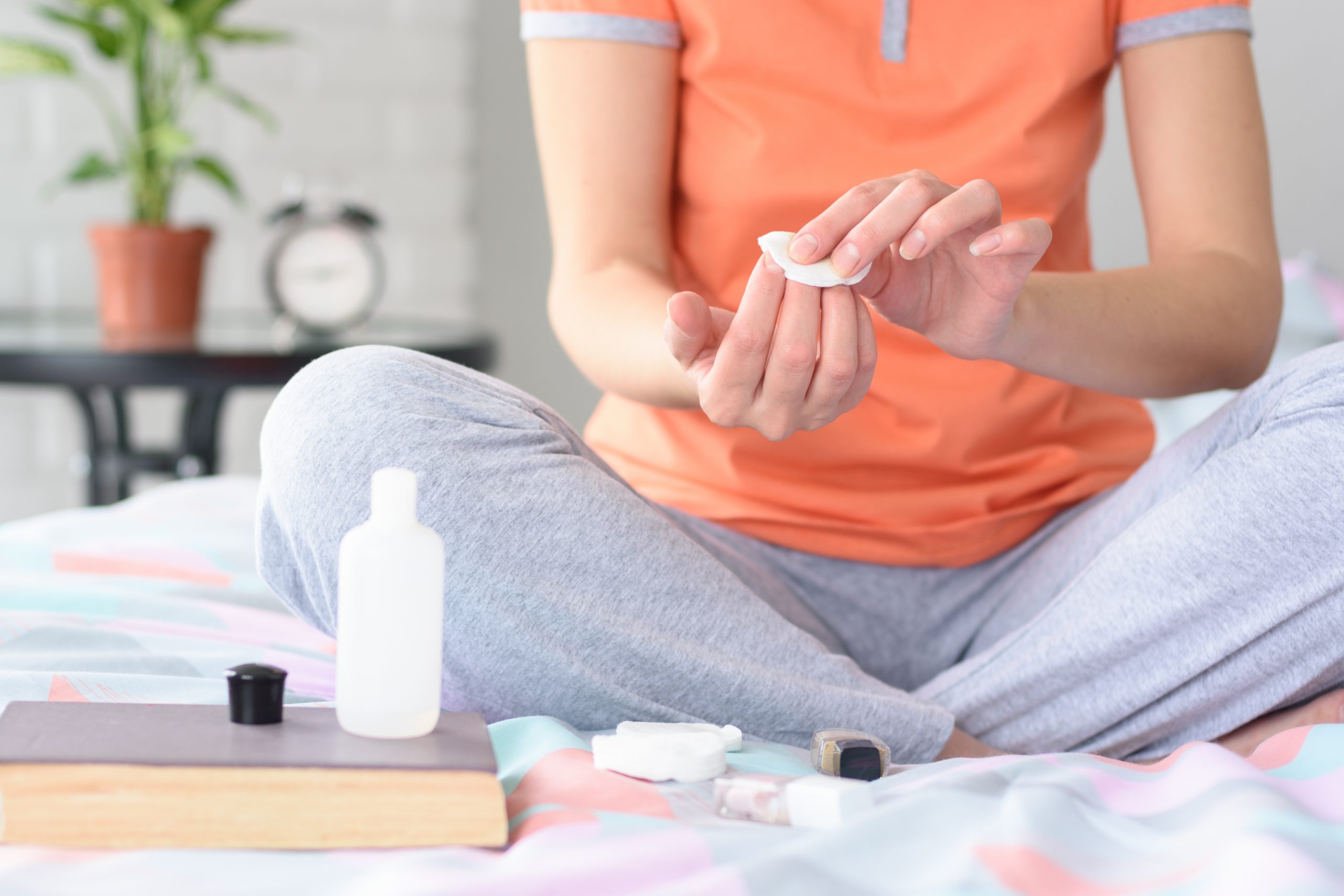Key Points/Overview
Acetone is a colorless liquid that is also known as propanone. It is generally recognized as safe (GRAS) in certain concentrations, with low toxicity, but high flammability.
This chemical is a solvent that mixes well with water and evaporates quickly, making it well-suited for many household and manufacturing uses.
Some common uses include nail polish remover, automotive or furniture lacquer, degummer or degreaser for textile products, and it can even be used in plastic production.
The FDA has determined acetone is safe for use as an indirect food additive in adhesives and food-contact coatings.

Uses & Benefits
Acetone is widely used because it is miscible with water, meaning it can easily mix with water, and evaporates quickly in the air.
- Acetone is a primary ingredient in many nail polish removers. It breaks down nail polish, making it easy to remove with a cotton swab or cloth.
- Acetone is used in the textile industry for degreasing wool and degumming silk.
- Acetone is frequently incorporated in solvent systems or “blends,” used to make lacquers for automotive and furniture finishes. It may also be used to reduce the viscosity, or thickness, of lacquer solutions.

Safety Information
Acetone safety
Acetone has been extensively studied and is generally recognized to have low acute and chronic toxicity.
The U.S. Food and Drug Administration (FDA) has determined acetone is safe for use as an indirect food additive in adhesives1 and food-contact coatings2 and is regarded as a Generally Recognized as Safe (GRAS) substance at certain concentrations.
Acetone has undergone a comprehensive review under the U.S. Environmental Protection Agency’s (EPA) Voluntary Children’s Chemical Evaluation Program (VCCEP).3 The objective of VCCEP was to ensure that adequate toxicity and exposure information was available to assess potential risks to children. This VCCEP review of acetone included a hazard assessment, an exposure assessment and a risk characterization.
Acetone has undergone regulatory and scientific evaluations under the European Chemical Agency REACH program,4 the World Health Organization (WHO) International Programme on Chemical Safety,5 and EPA’s Integrated Risk Information System (IRIS) assessment program.6
In a draft screening assessment for health and environmental effects, Environment Canada7 identified no critical health effects from exposures expected to occur from occasional, intermittent use of certain products containing acetone.
The U.S. Occupational Safety and Health Administration (OSHA) sets safe workplace exposure limits. Workplaces where acetone is used, such as nail salons,8 can keep exposure levels below safety levels by using proper ventilation and following manufacturer’s instructions.9
Hazards of Acetone
Acetone is highly flammable but is generally recognized to have low acute and chronic toxicity. If inhaled, acetone could cause a sore throat or cough.
Sources
- CFR – Code of Federal Regulations Title 21 (fda.gov)
- CFR – Code of Federal Regulations Title 21 (fda.gov)
- Peer Consultation (tera.org)
- Substance Information – ECHA (europa.eu)
- Acetone (EHC 207, 1998) (inchem.org)
- IRIS Assessments | IRIS | US EPA
- Environment and Climate Change Canada – Evaluating Existing Substances – Screening Assessment on Acetone
- 3542nail-salon-workers-guide.pdf (osha.gov)
- Health Hazards in Nail Salons – Overview | Occupational Safety and Health Administration (osha.gov)


